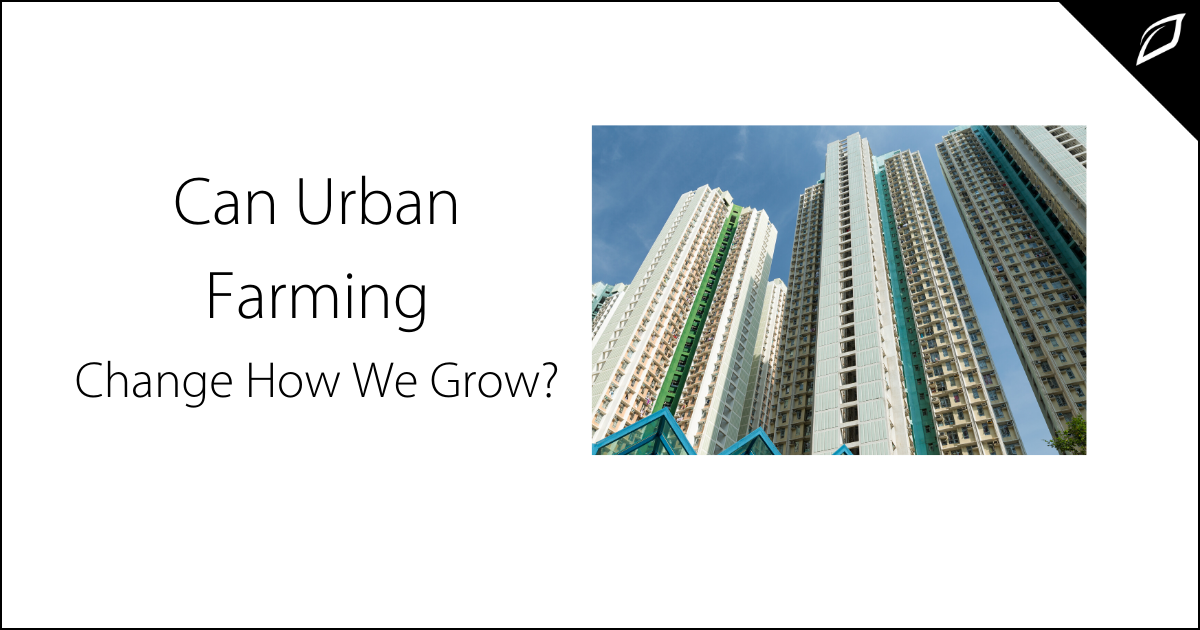Vertical Farming Basics | What is Vertical Farming? | Growlink
As technology changes, improves and enhances every aspect of our lives, it's no surprise that it's also changing how and where we grow crops and...
-png.png)
Technology innovations improve and enhance our lives. It's no surprise that it's changing how and where we grow crops and other commercially grown plants. Climate change is altering weather patterns, taking crops indoors is becoming a viable and practical option. Let's take a look at how technology used for vertical farming is changing how we grow.
What is vertical farming technology?
Agricultural technology allows vertical farmers to monitor environmental conditions. But monitoring is just the beginning. To get the most out of vertical farming technology, connect equipment to an operating system that automates rules and produces insights into data. Actionable insights produce more straightforward ways to predict yields accurately. Here are the areas of technology available to vertical farmers.
Monitor: Before collecting data, you must monitor the most significant aspects of your controlled environment cultivation facility using sensors placed throughout the grow. Soil moisture levels, humidity, temperature, EC, light, and C02 levels are necessary to monitor. By connecting sensors, you unlock the potential of your equipment.
Control: Industrial IoT controllers deliver the ultimate smart farm experience. Controllers do the heavy lifting by featuring robust processing power to coordinate hundreds of devices throughout your indoor grow. Smart motor controllers enable you to create rules to trigger timers, schedules, open vents, etc., all from your smartphone or tablet. You can create rules to direct the growth of plants by using crop steering guidelines. Read more about crop steering here.
Analyze: Connecting devices and using a high-quality operating system will give you clarity over your cultivation data. It provides essential insights with dozens of data visualizations. Most provide Excel integration for sharing data, allowing you to make informed decisions and create repeatable processes.
Predict: Finally, innovative company's provide technology with built-in artificial intelligence capabilities and machine learning to precisely predict the size of your harvest.
Benefits of vertical farming
By producing fresh local food, vertical farming increases food production and increases agricultural operations. The world's population continues to expand; it's estimated that by 2050 two out of every three people are expected to live in urban areas.
Growing fresh vegetables near metropolitan areas help meet growing food demands in environmentally sustainable ways. Reducing the time it takes to transport produce to cities lowers greenhouse gases and provides more nutrient-rich vegetables while saving valuable resources like water and fertilizers.
Final Thoughts
These systems work seamlessly together and empower you to automate the bulk of previously labor-intensive jobs. From irrigation, nutrients, heating/cooling to opening shades, or vents, when connected, you gain unimaginable knowledge about how your indoor, vertical farm is doing. But buyer beware; these systems are complex and require assistance with installation and ongoing support. Choose wisely and buy from a company with a good reputation and 24/7 customer service to keep you growing.
-png.png)

As technology changes, improves and enhances every aspect of our lives, it's no surprise that it's also changing how and where we grow crops and...

Urban farming is widespread for many reasons, such as sustainability, affordability, health, and convenience. Today urban farming exists in many...
%20(1)-png.png)
With the growing popularity of indoor and greenhouse farming, it's necessary to precisely monitor and control the growing environment to produce...